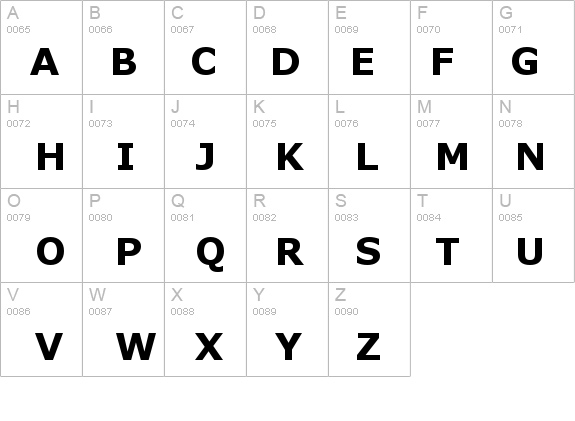
#Download verdana font family for free
For FREE versions, you can go to Dafont Free for personal use, or download from Fonts Family for personal and commercial use. You can download the entire package, which includes 4 styles (Regular Italic, Bold, Bold Italic), or get just one for a reasonable price. The Verdana font family by Ascender is available for purchase from MyFonts.

All three are screen-friendly, legible, and comes highly recommended. If you’re looking for something with a similar concept but isn’t Verdana, try: Frutiger, Tahoma, or the organic serif, Cheesecake. OnlineWebFonts.COM is Internet most popular font online download website,offers more than 8,000,000 desktop and Web font products for you to. But you can also combine it beautifully with serifs like Georgia, Scala, and Calendas. Custom version of Verdana for use with Microsoft Reference. For this, he recommends Frutiger or Berling.Īs a humanist font, Verdana pairs very well with other sans such as Arial, Futura, Lucida Grande, and PT Sans. The bold version has thicker lines, too, making it a good fit for screen applications.Įven though it was specifically created for digital screens, Bill Hill, Microsoft’s font manager, has said that it’s ‘not a comfortable ebook font’. This makes it easy to read, especially for screens at that time. The font has a large x-height as well as substantial width and spacing. Verdana was designed by Matthew Carter in 1990 and is being used in this paper. More In the words of Tom Rickner, ‘My hope now is that these faces will be enjoyed beyond just the computer screen. Microsoft has made it available in its products like Windows, Microsoft Office, and many other products. Despite the quality of the Verdana font family at small sizes it is at higher resolutions that the fonts are best appreciated. The name ‘Verdana’ comes from a combination of the word ‘verdant’ (green, lush) and Ana (Howlett’s daughter). The Verdana font family is a sans serif typeface designed by Matthew Carter on 8 July 1996 for Microsoft Corporation. Together, they came up with Verdana – a font that’s able to retain readability even with small sizes and low screen resolution.

Carter collaborated with Virginia Howlett, part of Microsoft’s typography group. Released in 1996 and designed by Matthew Carter and Thomas Rickner, this sans serif typeface was created for Microsoft Corporation.


 0 kommentar(er)
0 kommentar(er)
